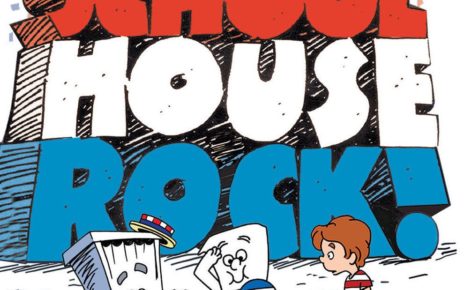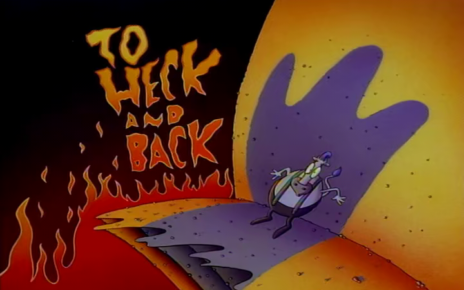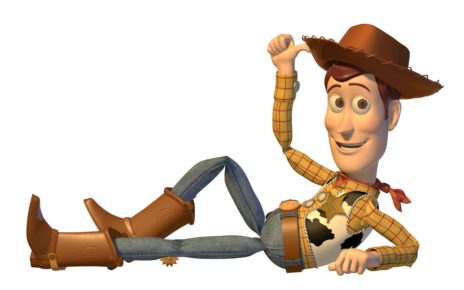Is It Still Good!? is a column measuring the continuing cultural strength of past animated products in the present. We use the mathematical formula (Force = Mass x Acceleration) as our model, where (Is It Still Good!? = Product x Decay Over Time, or, DOT). It is a proven model. Trust us. We’re the experts.
The show
SWAT Kats: The Radical Squadron (1993–95)
The creators
Christian Tremblay, Yvon Tremblay (producers); Robert Alvarez (series director); Glenn Leopold, Davis Doi (writers, producers)
The logline
Anthropomorphic cats—who have day jobs as junkyard mechanics—moonlight as vigilante pilots of a suped-up jet to save their home, Megakat City, from threats like time-traveling wizards, mad scientists, and gangsters.
The context
SWAT Kats was made in a golden age of action animation, and was a contemporary of Batman: The Animated Series, X-Men, Spider-Man, Teenage Mutant Ninja Turtles, and more Saturday-morning action shows made with the express purpose of selling toys to impressionable young, mostly male children. (Street Sharks, anyone?) It aired in 1993 on TBS, after Turner Entertainment purchased the rights to the Hanna-Barbera stable and—amid all of Turner Entertainment’s comedic offerings—held a status as one of the company’s most violent cartoons. It was canceled in 1995, ostensibly because of slow sales on merchandise, but also likely because Ted Turner, who ran Turner Entertainment, had testified before Congress in the early ’90s about how wholesome his channels’ kids’ shows were. (This was a touchy, touchy subject in the early ’90s.
The memory
I remember nothing but awesomeness from watching SWAT Kats in reruns on Cartoon Network—I always, always caught it on Cartoon Network, never on TBS, where it originally aired. The show must have aired on the network from the mid-‘90s into at least the the very late ’90s, if memory serves. I remember Chance (callsign T-Bone), the more brash and dynamic of the two leads, and his buddy Jake (callsign Razor), his more analytical and thoughtful partner. T-Bone piloted their jet, and Razor packed weapons.
The Product
The word you’re looking for is “bitchin’.” Basically everything about SWAT Kats: The Radical Squadron catered heavily to the ’90s view on what hyperactive young boys liked, from the supersonic jets to the (insanely cool) heavy metal soundtrack replete with power chords to the buzzsaw-shaped gimmick missiles its heroes would fire at their enemies. SWAT Kats took its cues from both its fellow Turner-owned primogenitors like Jonny Quest and ThunderCats and its ‘90s contemporary Batman: The Animated Series—equal parts gadget-centric superheroics and pathos-fueled action show, with onscreen violence to spare.
It also packed healthy doses of comedy, self-referential and otherwise, into its 22-minute chunks. The hysterically ineffectual Mayor Manx—who practically cowers under the skirt of Deputy Mayor Callie Briggs every time serious shit goes down—looks every bit the precursor to the Mayor of Townsville in Powerpuff Girls, who did the same thing with Ms. Bellum on that show. Its format is stunningly similar to Powerpuff’s, actually (a show we know is still good, by the way, because Cartoon Network released a grotesquely inferior revival of it last year). Every time shit goes down, Deputy Mayor Briggs—one of the most Competently Woke ’90s Women ever written—sounds the alarm, and T-Bone and Razor wing to the rescue, facing off against not just their bad guys but a furiously incompetent police commissioner who despises them and whose name, I shit thee not, is literally Commander Ulysses Feral. Every second of its action sequences is meticulously soundtracked by overdriven electric guitars, presumably because Guns ’n’ Roses was still popular in the early ‘90s in the same way that Arcade Fire is still popular today—aka mimicked relentlessly, even in kids’ shows.
I loved every second of this in the same way I love singing karaoke to Bruce Springsteen’s “Badlands” after about three or four whiskeys (OK, fine: two whiskeys) on a Saturday night and riding my bike down the Brooklyn-Queens Greenway the following Sunday afternoon at speeds too dangerous to be even remotely responsible. SWAT Kats’s natural state is somewhere beyond the speed of sound and before you pass out from inflicting too much acceleration on the regular blood flow of your body—just as both T-Bone and Razor do in an early episode of the show.
“All right, 10 seconds!” T-Bone says after successfully managing to stay awake at supersonic speeds for the aforestated time—a young Charlie Adler at his prime chewing through his lines like catnip. “Beat that, SWAT Kat.”
In the ’90s, a great episode of SWAT Kats could beat any boredom you could throw at it. Almost 25 years after it first aired, it still does.
Decay Over Time
It’s clear from both historical interviews and recent, as-yet-unsuccessful attempts at a revival that SWAT Kats was made to appeal to a pretty specific age group at a pretty specific moment in time. Whether audiences today, let alone the same audience it was originally produced for in the early ’90s, will like it is completely irrelevant. And yet…I can’t help but love how unabashed it is. How fully it fucking commits to its core concept of “We’re fucking Kats—yeah, with a K, fuck you, asshole—and we fly fucking jets, and we beat fucking bad guys, and the so-called fucking good guys don’t even fucking like us.” It absorbs all the best parts of X-Men and Batman, and spits them out as a high-flying, fast-paced, mugging-in-the-face-of-its-own-Y7-rating action series with anthropomorphic cats as its protagonists. All that would be oddly, ridiculously ambitious today, in 2017—which is probably why that revival hasn’t gone through yet. The Tremblay siblings got it on TBS in the early ’90s, when upper-middle-class white people couldn’t help but flip shit over something like the grossness of The Ren and Stimpy Show or the violence of in action shows of the time. “We were making SWAT Kats,” Yvon Tremblay explained matter-of-factly on a panel in 2016. “There’s action. Choppers are being crashed into walls, and you don’t always see the parachute coming out.” In that climate, the fact that it ever got to air at all was impressive.
Is It Still Good!?
Hell yes. *Shreds air guitar.*
Thanks for reading The Dot and Line, where we talk about animation of all kinds. Don’t forget to ❤ this article and follow us on Twitter and Facebook.





